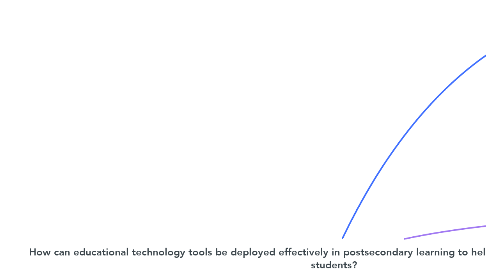How can educational technology tools be deployed effectively in postsecondary learning to help identify and remediate at-risk students?
by Kimberly Armstrong

1. Student situation
1.1. Direct entry from high school
1.2. Mature
1.3. Part-time
1.4. Multiple committments/employment/family demands
1.5. International students
1.6. Varying familiarity with language of instruction
1.7. Varying familiarity with technology
1.8. Economic status
1.9. Stability of home life
1.10. Access to technology
1.11. Different learning styles
1.12. Learning challenges
1.13. Health challenges
2. Educators
2.1. Varying familiarity with technology
2.2. Lack of time
2.3. Varying levels of institutional support for development of course content/delivery
2.4. Volume of content to deliver
2.5. Type of content to deliver
3. External demands on students
3.1. Licensure exams moving online
3.2. Increasing workforce demands: competition to land practicum placements, competition for recent grads to find new positions
4. Educational technology tools
4.1. Open access vs. publisher purchase
4.2. Institutional vs. student-pay
4.3. Duration of access: subscription vs. time-limited or unlimited
4.4. Quality of tools: peer-reviewed vs. commercial
4.5. Type of tools: multimedia, simulation, levels of interactivity
4.6. Self-study vs. educator-led
4.7. LMS integration vs. web-hosted
4.8. Adaptive tools
4.9. Implementation support: provided by vendors, provided by institution
5. Methods of assessment
5.1. Formative assessment
5.2. Summative assessment
5.3. Proctored/invigilated assessment (live or AI) vs. open assessment
5.4. Standardized vs. individual
5.5. Group work


